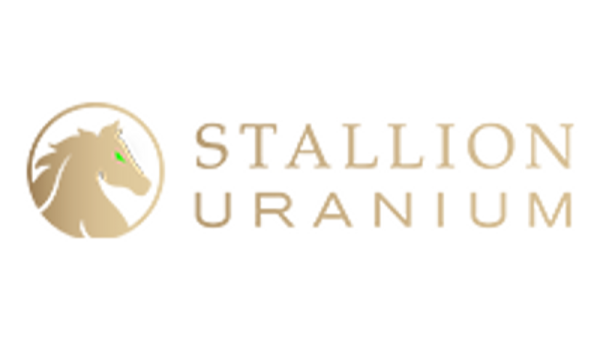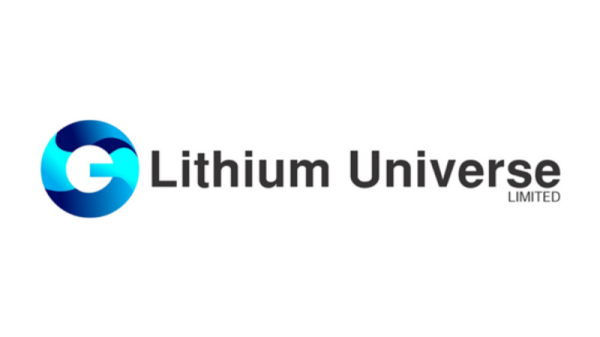The S&P/TSX Venture Composite Index (INDEXTSI:JX) rose 0.18 percent last week, closing at 521.88.
September Personal Consumption Expenditures (PCE) Price Index data was released south of the border, and it shows that on a month-on-month basis prices increased by the most since May; however, they slowed year-on-year.
Core PCE rose 0.3 percent in September over the prior month and 3.7 percent compared to September 2022, marking the smallest annual increase since May 2021. But while growth has slowed, the effects of inflation are still lingering, and the Fed is expected to need to keep interest rates elevated for longer to bring levels down to its target of 2 percent.
In Canada, the Bank of Canada held its overnight rate at 5 percent this week against volatile inflation — the Consumer Price Index came in at 2.8 percent in June, 4 percent in August and 3.8 percent in September. Economic growth in Canada has averaged 1 percent in the past year, according to the central bank, and it forecasts weak growth until late 2024.
Read on to find out which TSXV-listed resource stocks performed the best this past week.
1. Grande Portage Resources (TSXV:GPG)
Weekly gain: 51.43 percent; market cap: C$27.29 million; current share price: C$0.265
Grande Portage Resources is an explorer focused on its Herbert gold project located in the Juneau Gold Belt of Southeastern Alaska. Grande Portage has identified six near-surface vein structures at the project, which consists of 91 claims.
Shares of the company have seen significant gains since they matched a yearly low of C$0.16 on October 17, climbing to a year-to-date high of C$0.29 this past Tuesday (October 24). Grande Portage’s most recent news came on September 15, when it released an interim drilling update for its 2023 exploration program, which has included over 3,000 meters of drilling and is geared at identifying step-out areas for future expansion.
2. Goldsource Mines (TSXV:GXS)
Weekly gain: 50 percent; market cap: C$21.23 million; current share price: C$0.345
Goldsource Mines is a gold exploration company that is focused on its Eagle Mountain project, which is located 325 kilometers from Georgetown in Central Guyana. The company’s most recent technical report, released in April 2022, shows that the asset has indicated resources of 1.18 million ounces of gold.
In Goldsource’s latest release from September 11, the company gives an update on exploration at Eagle Mountain. The firm has continued to expand exploration on the site with 13 drill holes totaling 1,652.5 meters; results from the cores have confirmed Goldsource’s mineral resource model and revealed shallow near-surface resources.
“This and a significant soft-rock saprolite component, much of which does not require drilling and blasting, has the potential to translate to lower-than-average capital and operating cost intensities vis-à-vis conventional hard rock operations of a similar grade,” CEO Steve Parsons notes in the release.
Company shares rose to a weekly high of C$0.36 this past Thursday (October 26).
3. Winshear Gold (TSXV:WINS)
Weekly gain: 41.03 percent; market cap: C$18.02 million; current share price: C$0.275
Winshear Gold is a gold and copper exploration company that was previously focused on the development of the SMP gold project in Tanzania; however, its work was halted following the abolishment of retention licenses by the Tanzanian government. Winshear entered into arbitration proceedings with the government in 2020. Since the loss of the SMP project, the company has focused on copper and gold properties in Peru.
Company shares traded higher this past week following an announcement on October 16 that Winshear had reached a settlement agreement with Tanzania and was awarded US$30 million.
In its most recent update, which came on October 26, Winshear indicates that it will be using a portion of its settlement to make a return-of-capital payment to shareholders at a rate of C$0.25 per common share, with the remaining money being used to fund an initial drill program at the company’s Gaban gold project.
4. GR Silver Mining (TSXV:GRSL)
Weekly gain: 37.5 percent; market cap: C$12.09 million; current share price: C$0.055
Focused on assets in Mexico, GR Silver is a junior precious metals exploration company engaged in the expansion of its assets in the Rosario mining district of Sinaloa, Mexico. The company owns two past-producing mines and a portfolio of exploration targets with 734 square kilometers of concessions.
GR Silver saw strong gains this past week on news released last Tuesday (October 24) — the company proposed a non-brokered private placement of up to C$1.2 million. As for how GR Silver plans to deploy the funds, it states that 29 percent of the proceeds will be used to pay outstanding amounts to parties who are arm’s length to the company, while 4 percent will go toward outstanding amounts owed to GR Silver’s management and directors. The remainder will be used to fund general working capital. Shares reached a high of C$0.055 on Thursday.
5. Hercules Silver (TSXV:BIG)
Weekly gain: 34.92 percent; market cap: C$102.5 million; current share price: C$0.85
Hercules Silver is a junior exploration and development company focused on its namesake asset located northwest of Cambridge, Idaho. Acquired in 2021, the Hercules property hosts a silver-lead-zinc system that was in production up until 1920. The most recent exploration at the site took place in 1988.
Shares of the company have been on the rise for the past two weeks following news on October 10 that results from the first blind drill hole at the site exceeded expectations, with a highlight interval of 1.94 percent copper and 104 parts per million molybdenum over 45 meters within 185 meters grading 0.84 percent copper. The results confirmed the presence of a large system, which Hercules said is the first significant copper porphyry system in Idaho.
FAQs for TSXV stocks
What is the difference between the TSX and TSXV?
The TSX, or Toronto Stock Exchange, is used by senior companies with larger market caps, while the TSXV, or TSX Venture Exchange, is used by smaller-cap companies. Companies listed on the TSXV can graduate to the senior exchange.
How many companies are listed on the TSXV?
As of September 2023, there were 1,713 companies listed on the TSXV, 953 of which were mining companies. Comparatively, the TSX was home to 1,789 companies, with 190 of those being mining companies.
Together the TSX and TSXV host around 40 percent of the world’s public mining companies.
How much does it cost to list on the TSXV?
There are a variety of different fees that companies must pay to list on the TSXV, and according to the exchange, they can vary based on the transaction’s nature and complexity. The listing fee alone will most likely cost between C$10,000 to C$70,000. Accounting and auditing fees could rack up between C$25,000 and C$100,000, while legal fees are expected to be over C$75,000 and an underwriters’ commission may hit up to 12 percent.
The exchange lists a handful of other fees and expenses companies can expect, including but not limited to security commission and transfer agency fees, investor relations costs and director and officer liability insurance.
These are all just for the initial listing, of course. There are ongoing expenses once companies are trading, such as sustaining fees and additional listing fees, plus the costs associated with filing regular reports.
How do you trade on the TSXV?
Investors can trade on the TSXV the way they would trade stocks on any exchange. This means they can use a stock broker or an individual investment account to buy and sell shares of TSXV-listed companies during the exchange’s trading hours.
Data for this 5 Top Weekly TSXV Performers article was retrieved on Thursday after market close using TradingView’s stock screener. Only companies with market capitalizations greater than C$10 million prior to the week’s gains are included. Companies within the non-energy minerals and energy minerals are considered.
Article by Dean Belder; FAQs by Lauren Kelly.
Securities Disclosure: I, Dean Belder, hold no direct investment interest in any company mentioned in this article.
Securities Disclosure: I, Lauren Kelly, hold no direct investment interest in any company mentioned in this article.





























